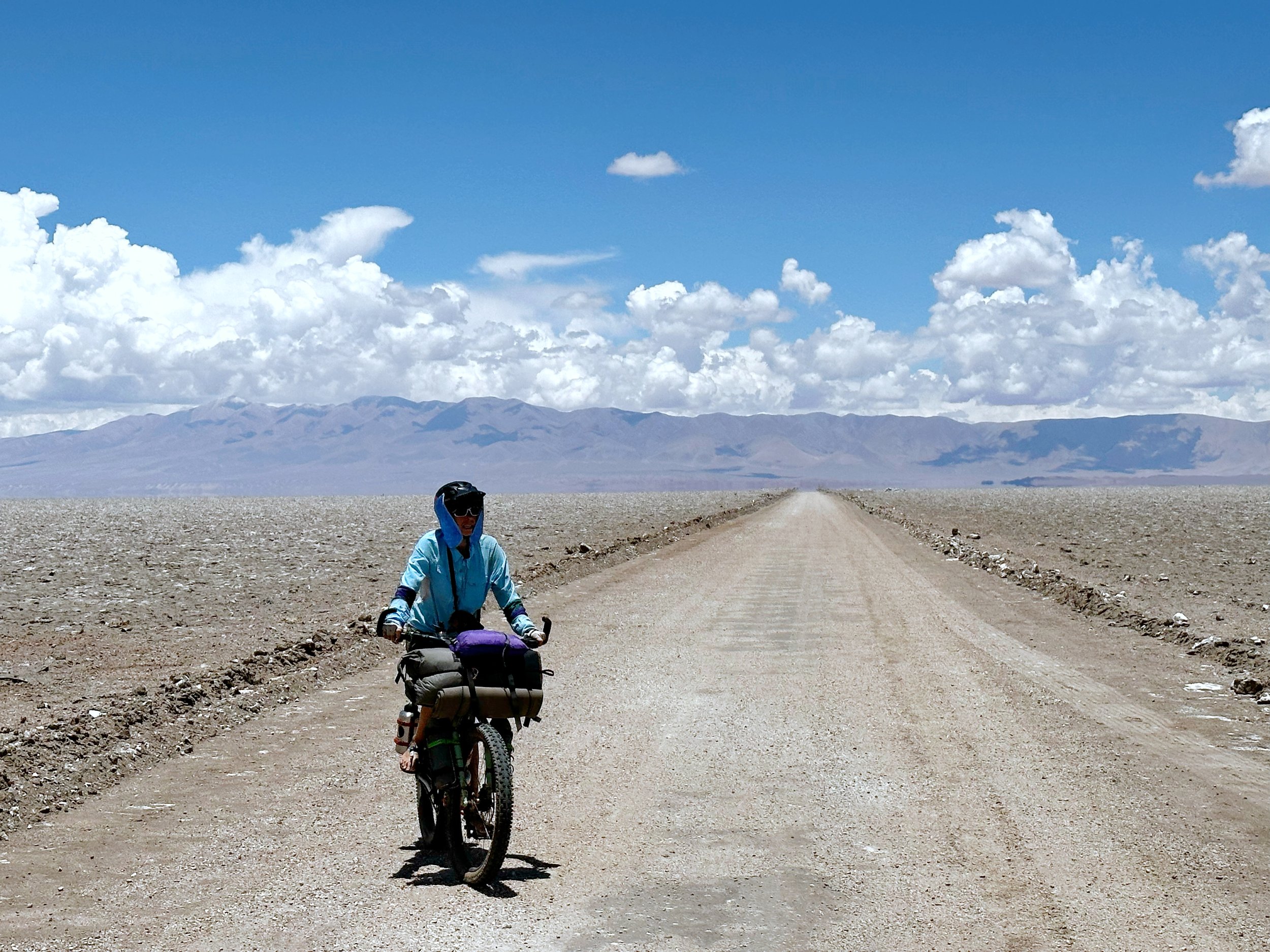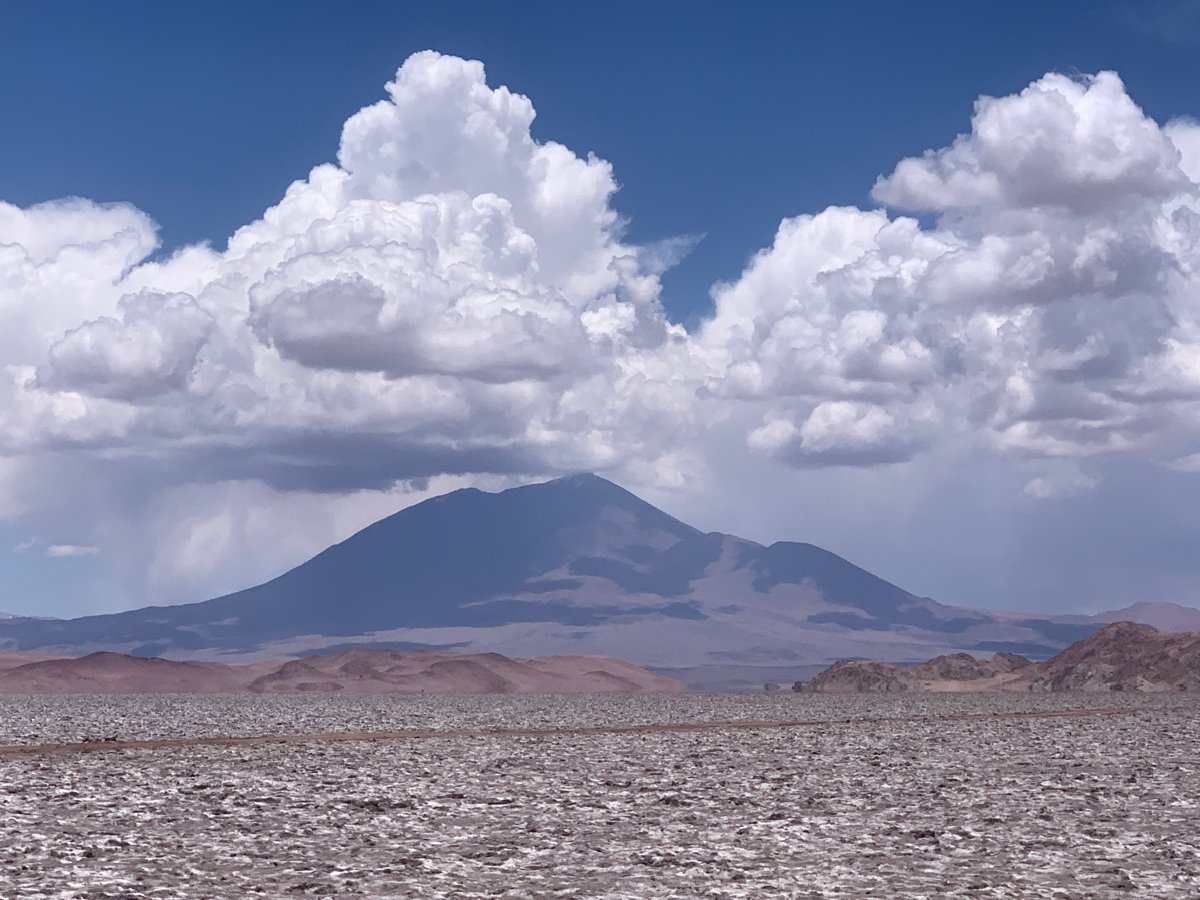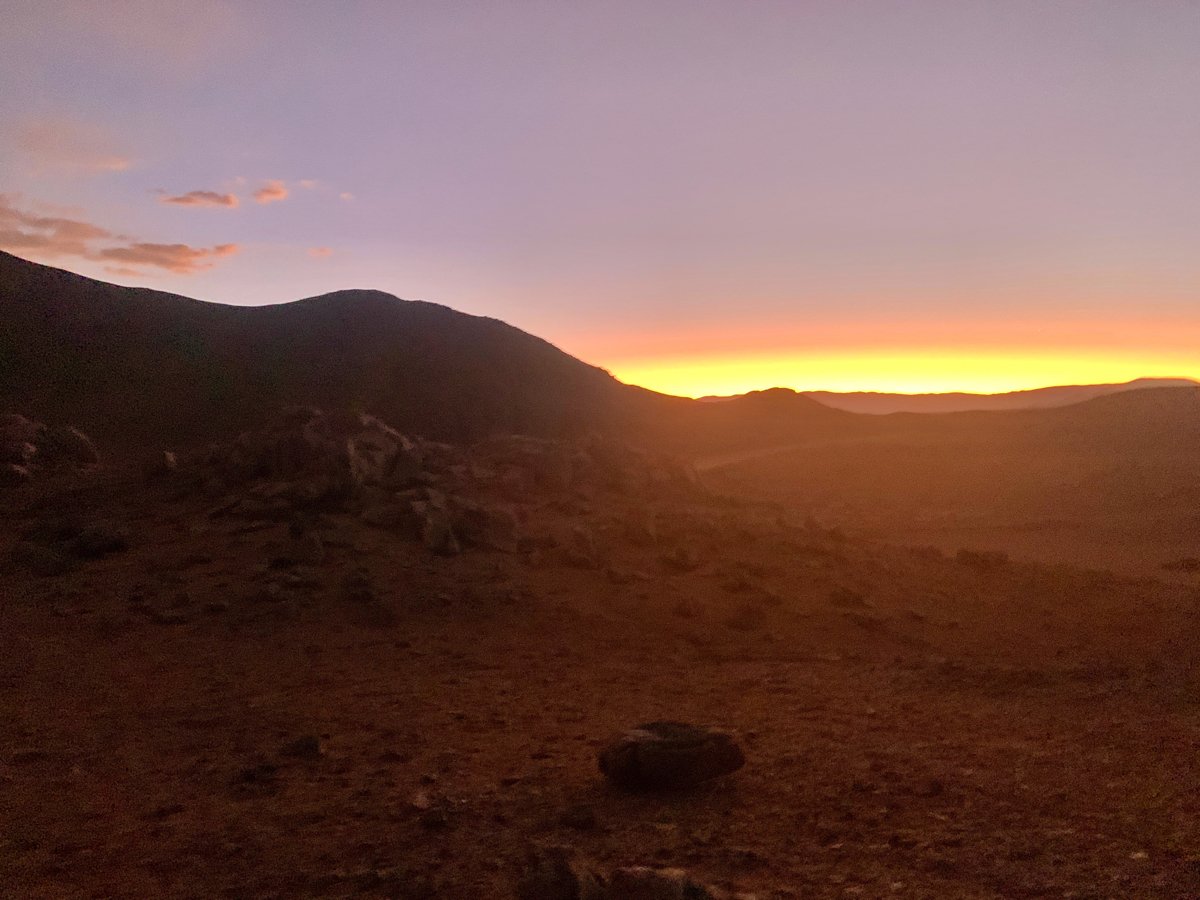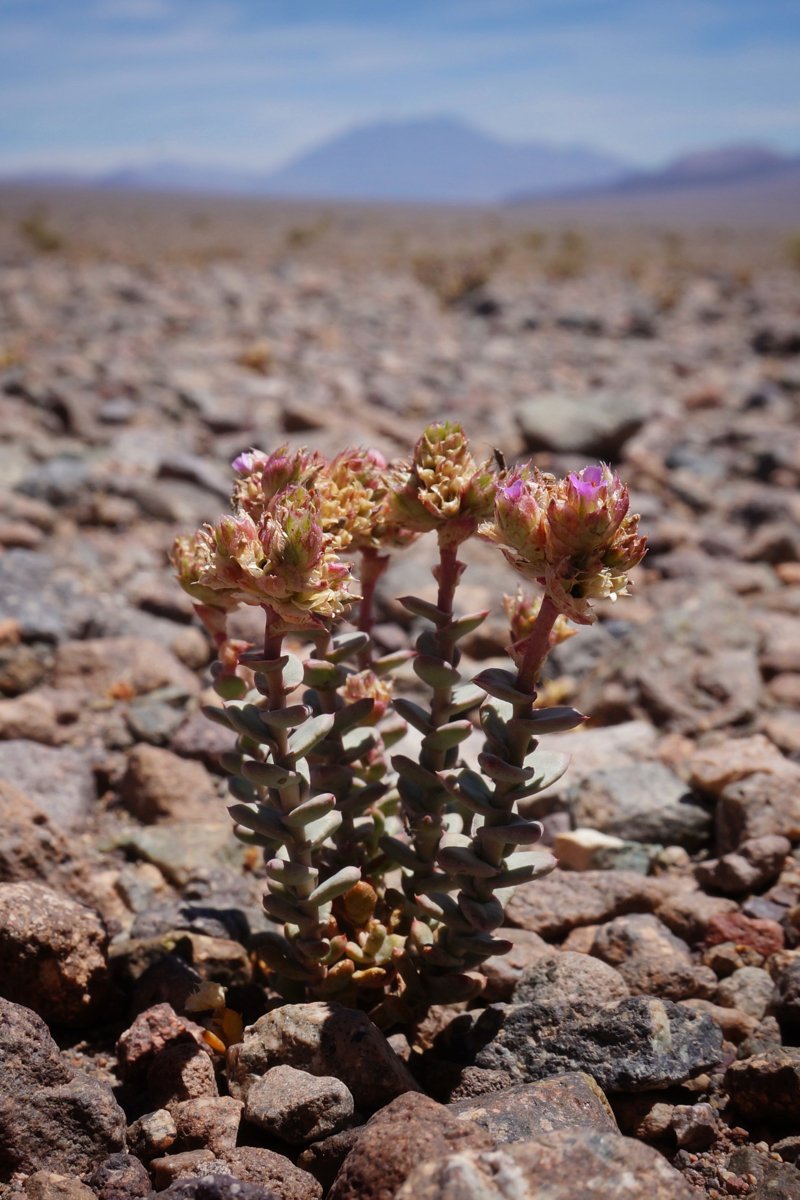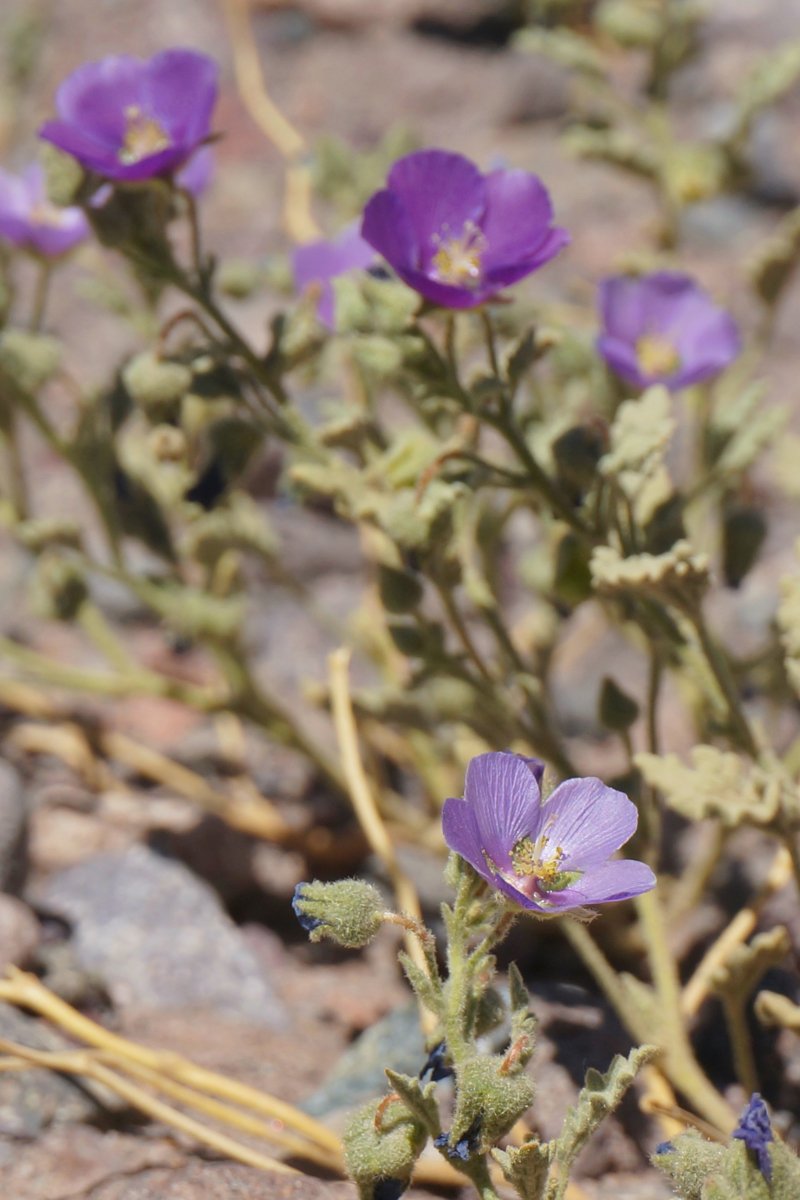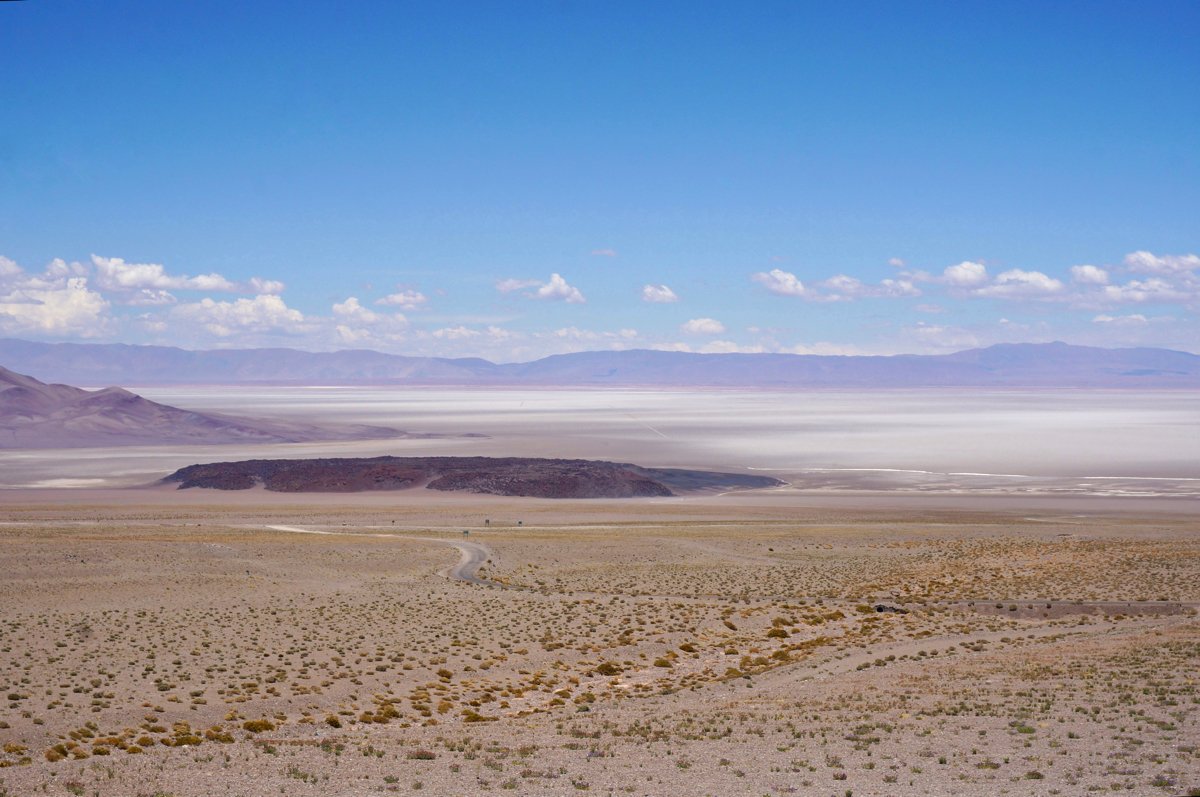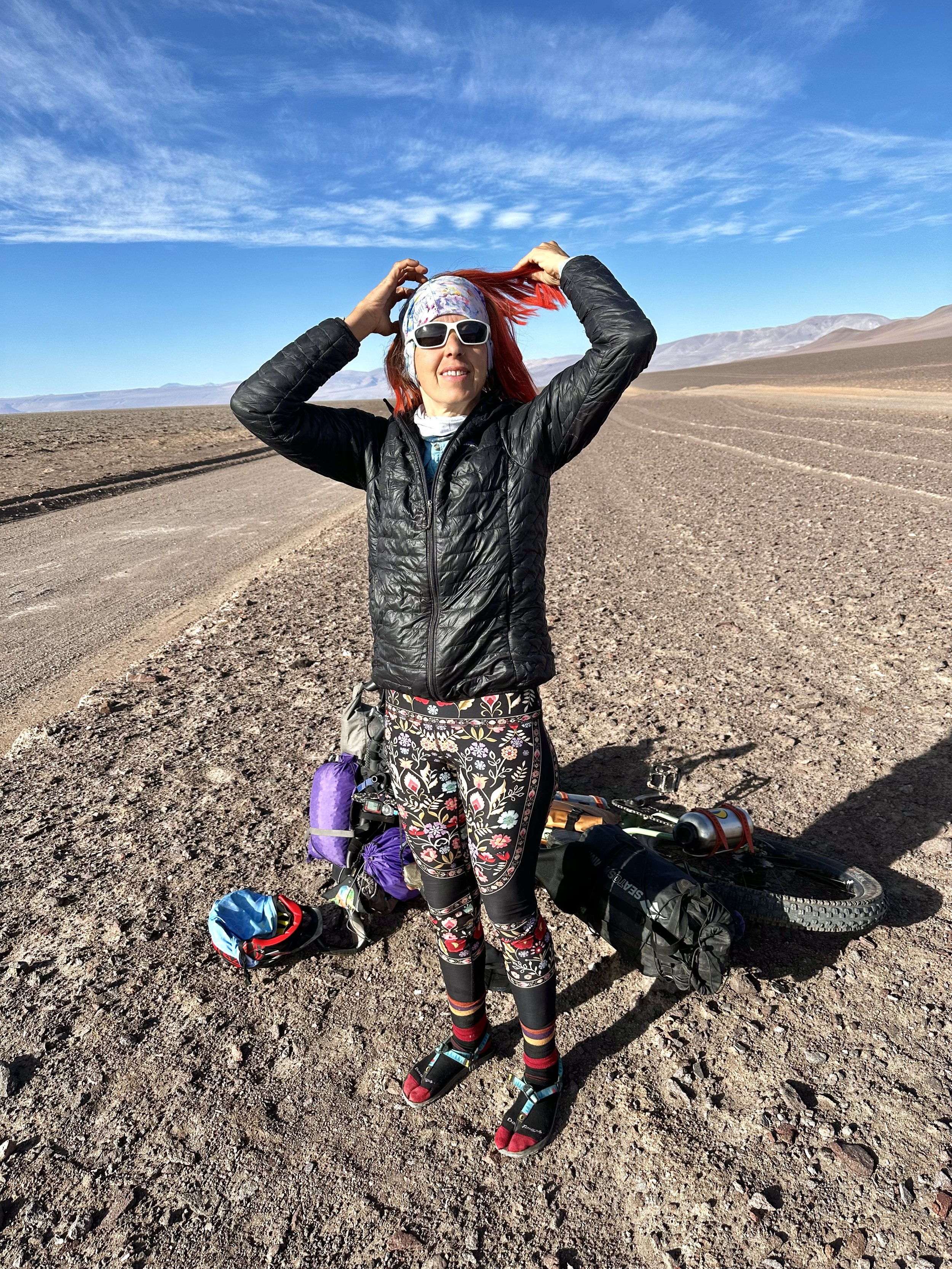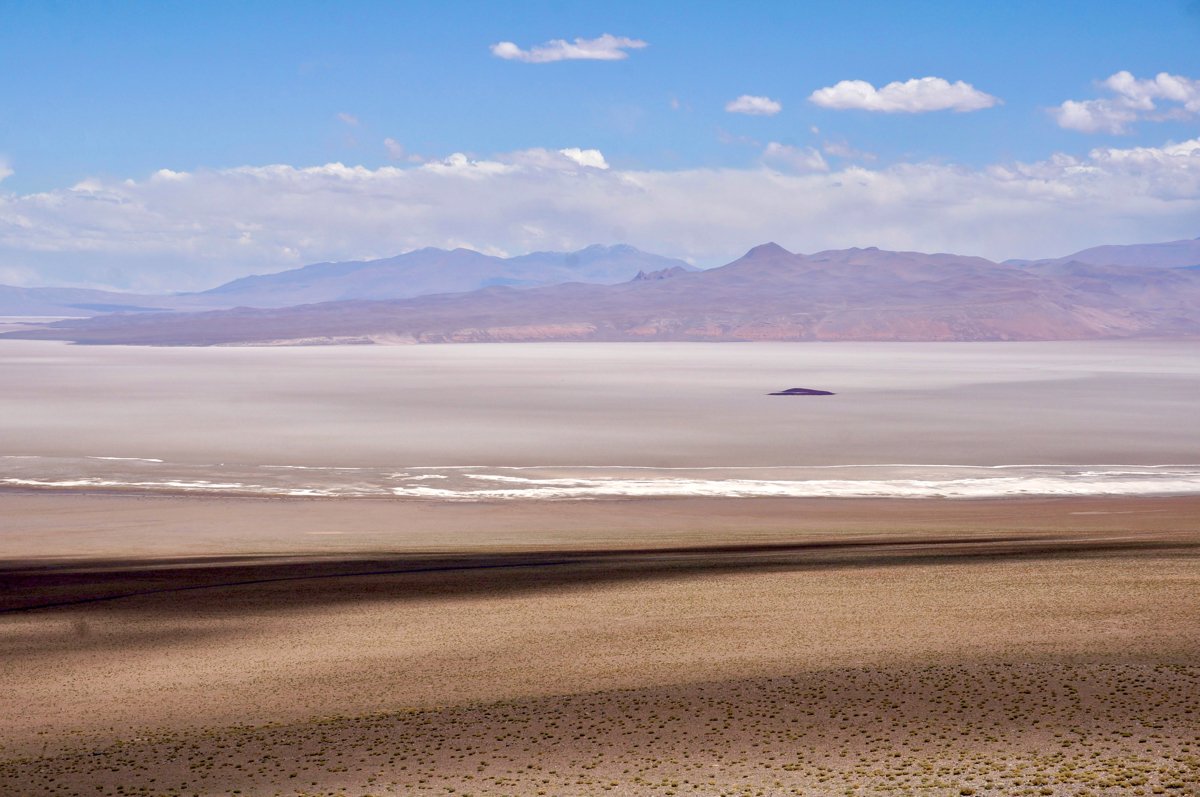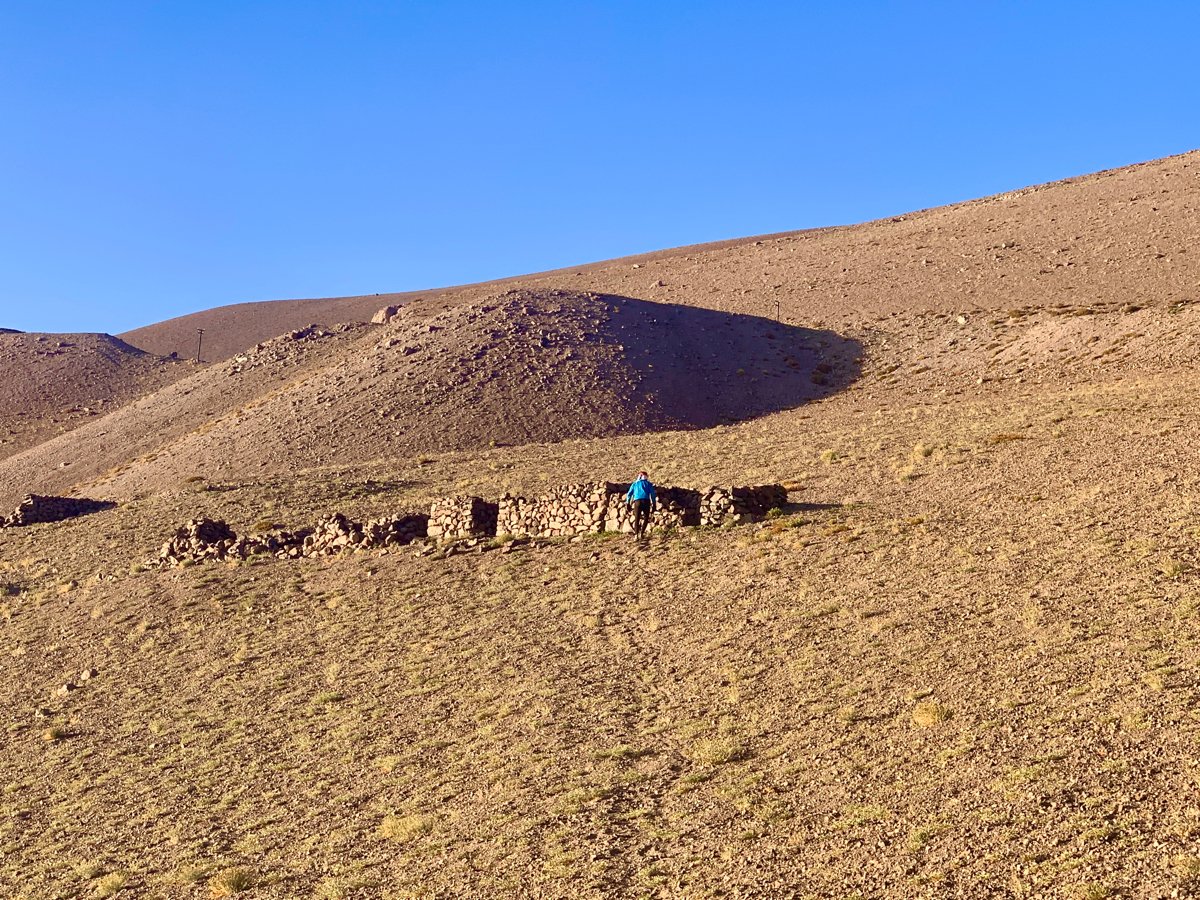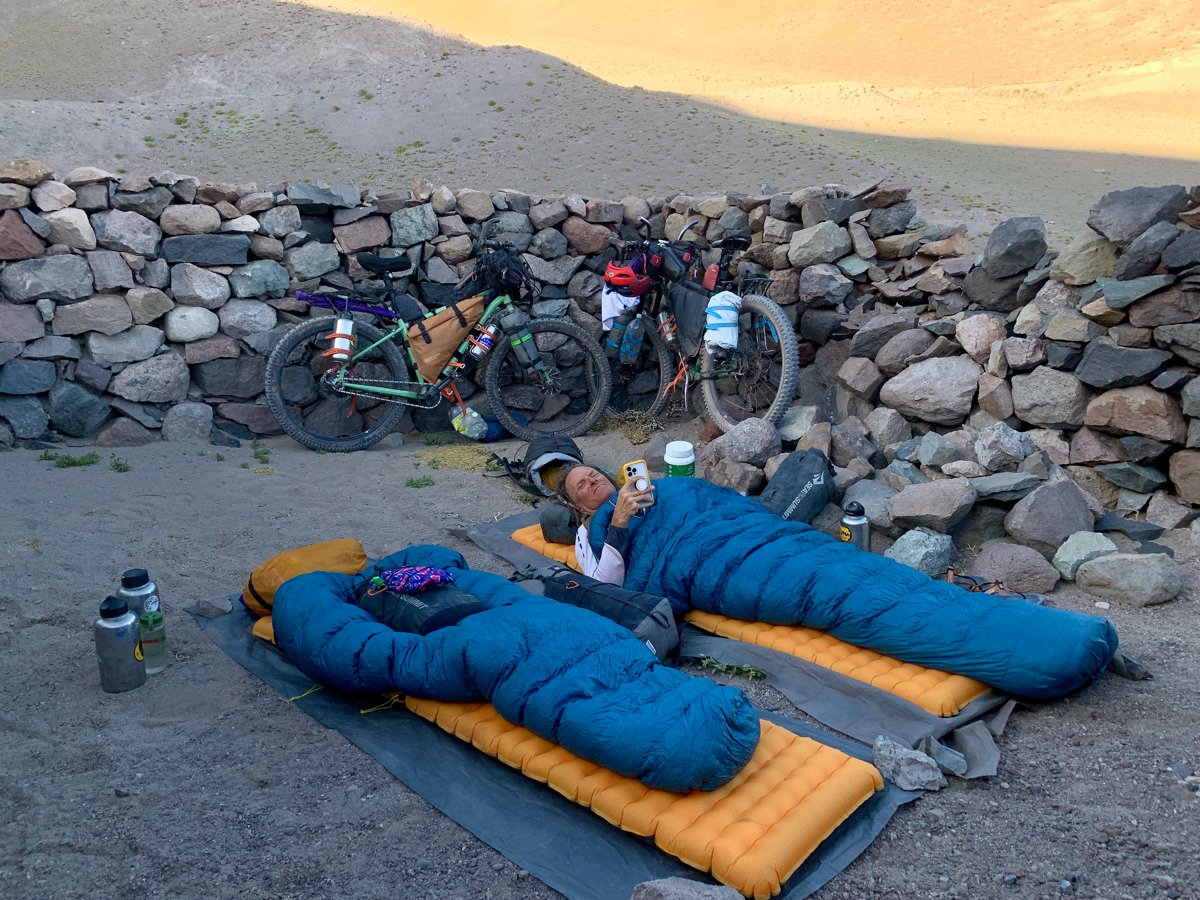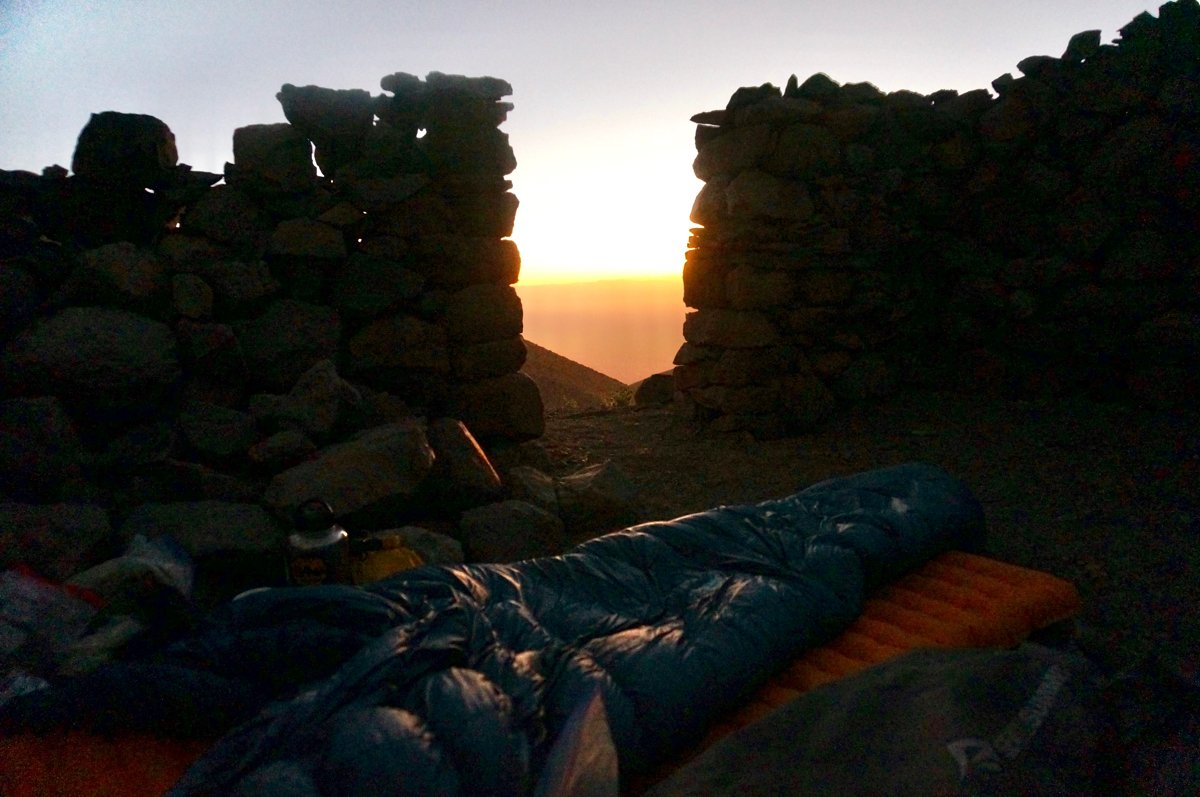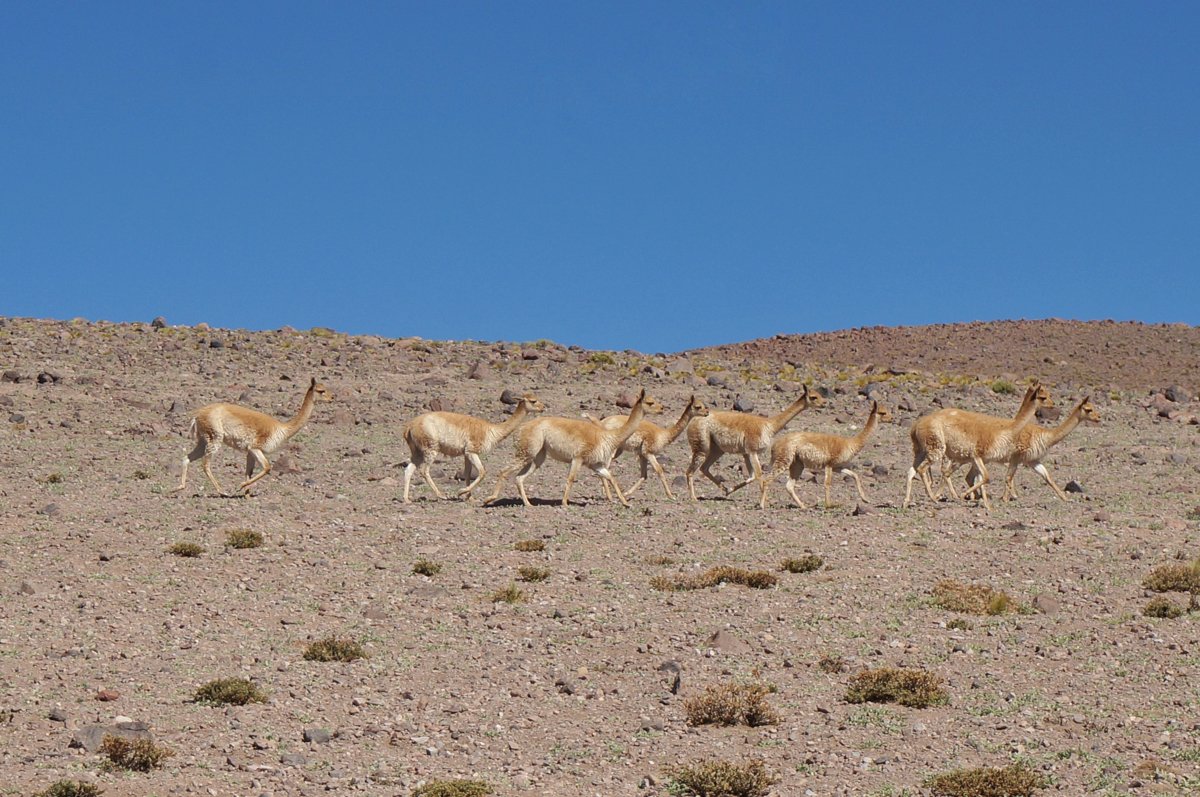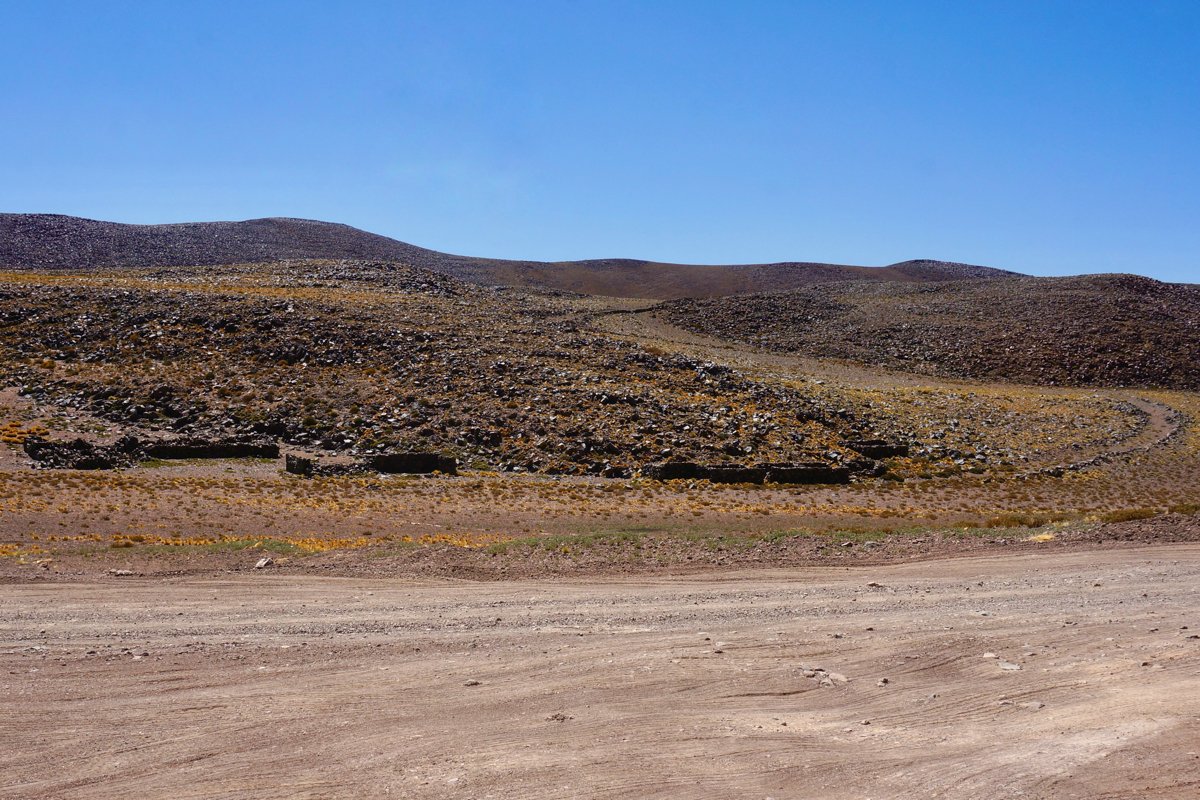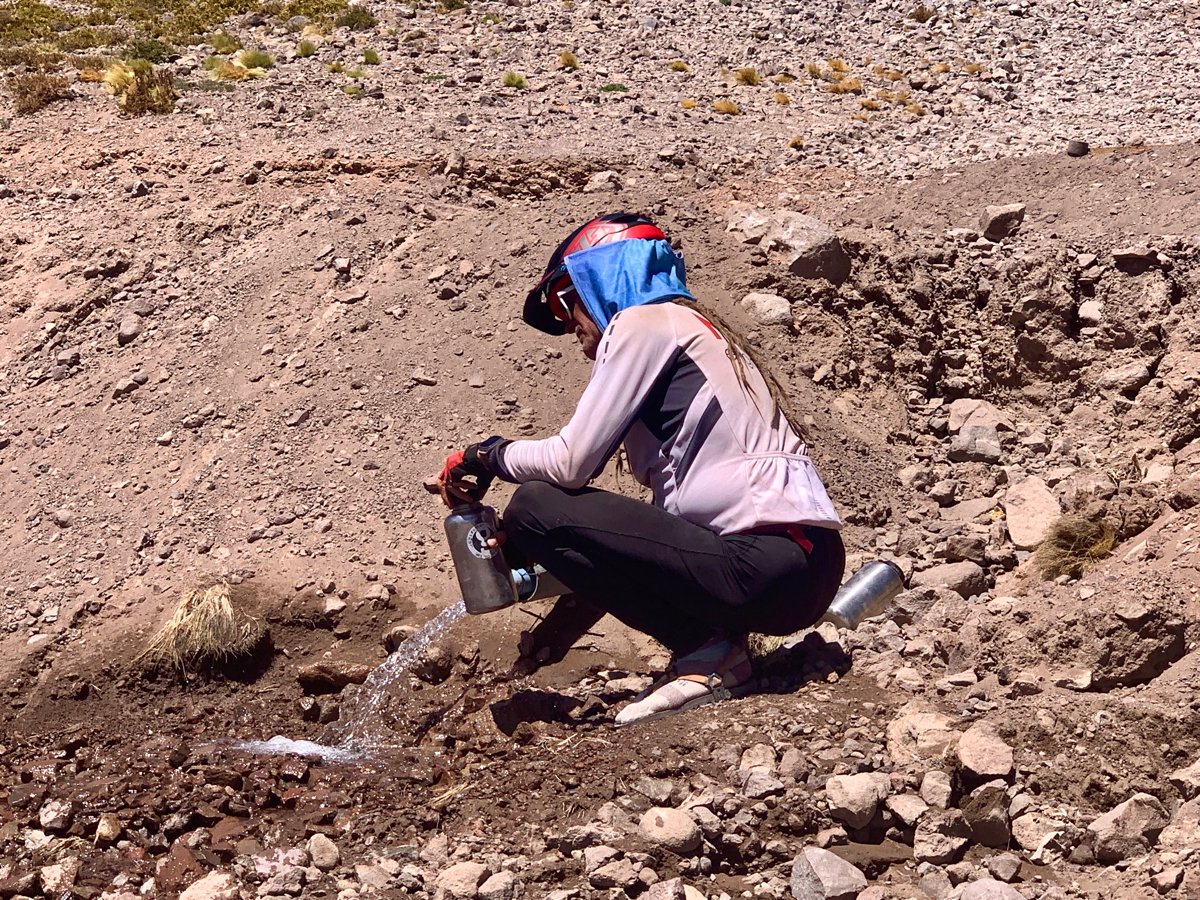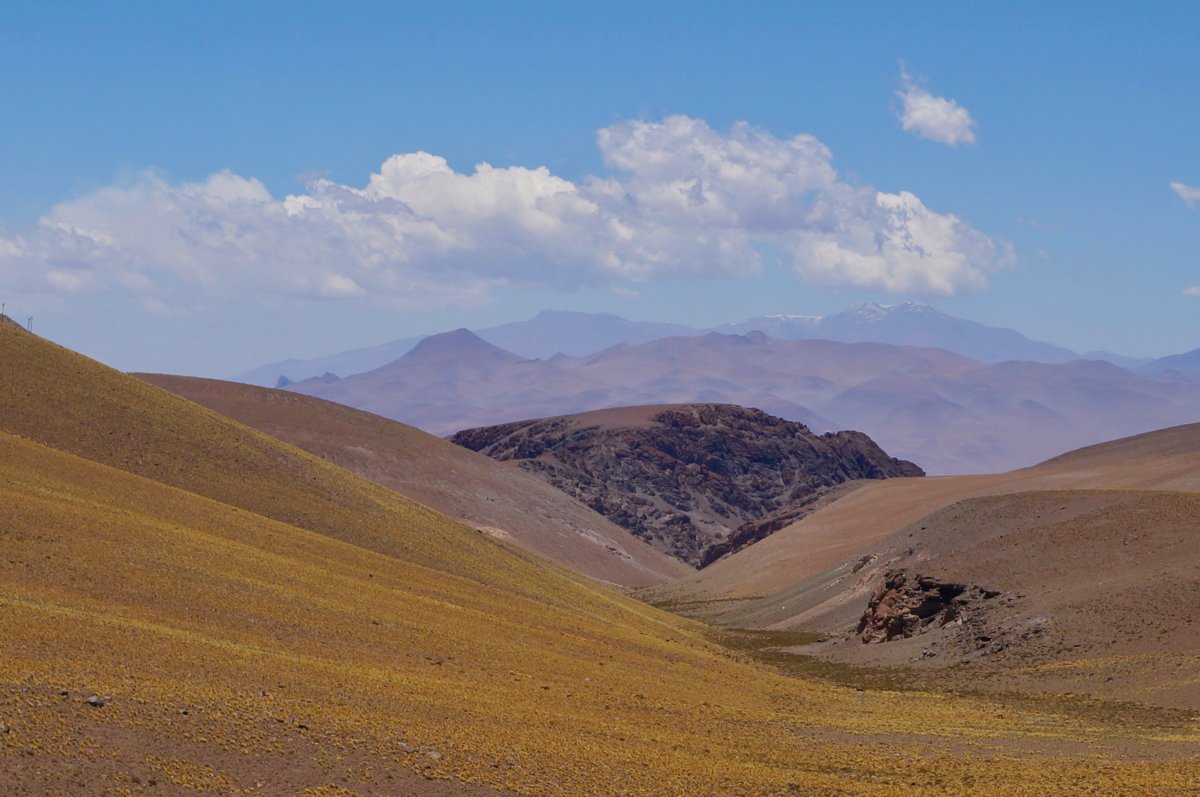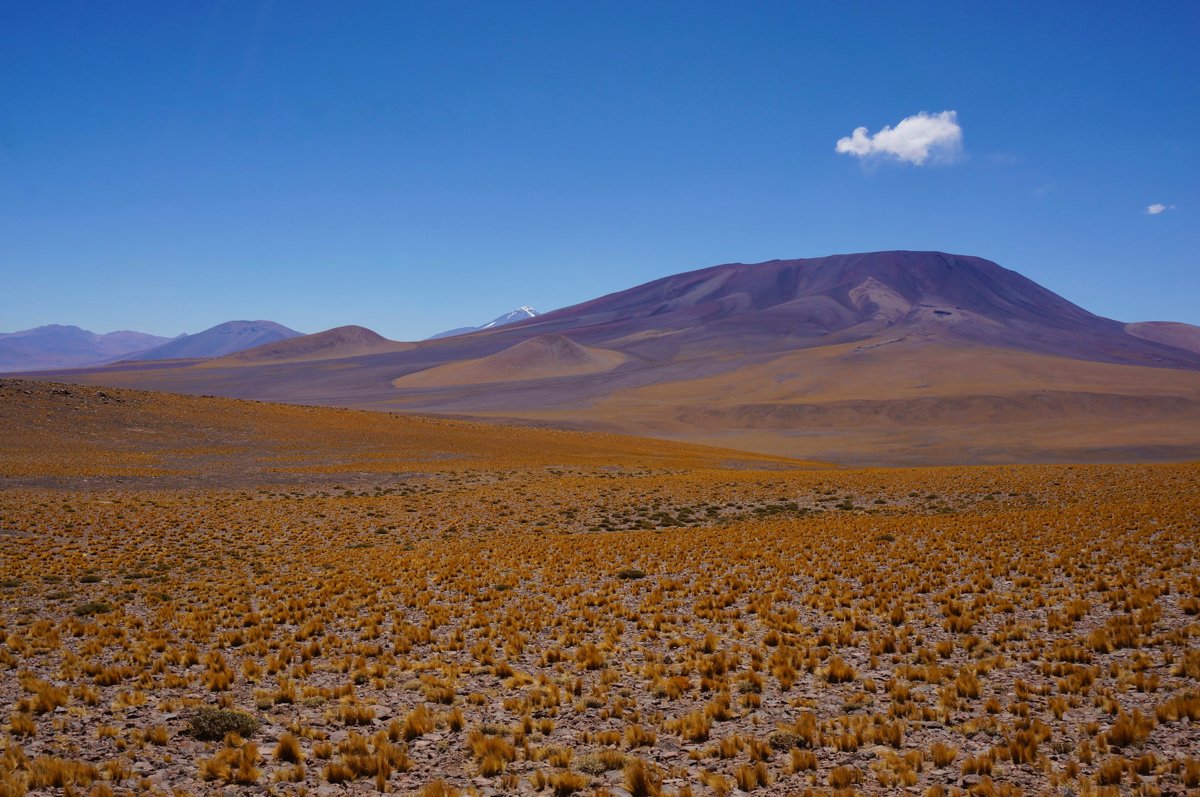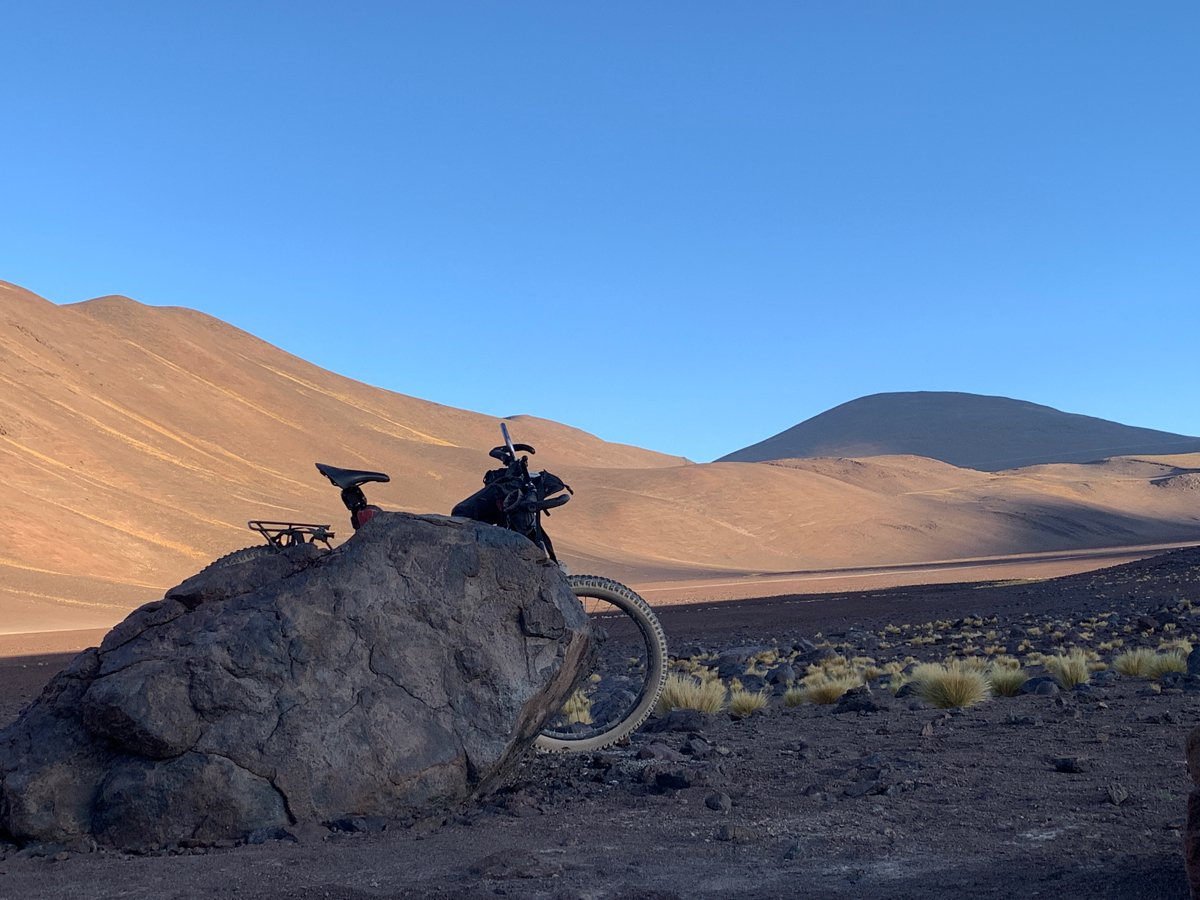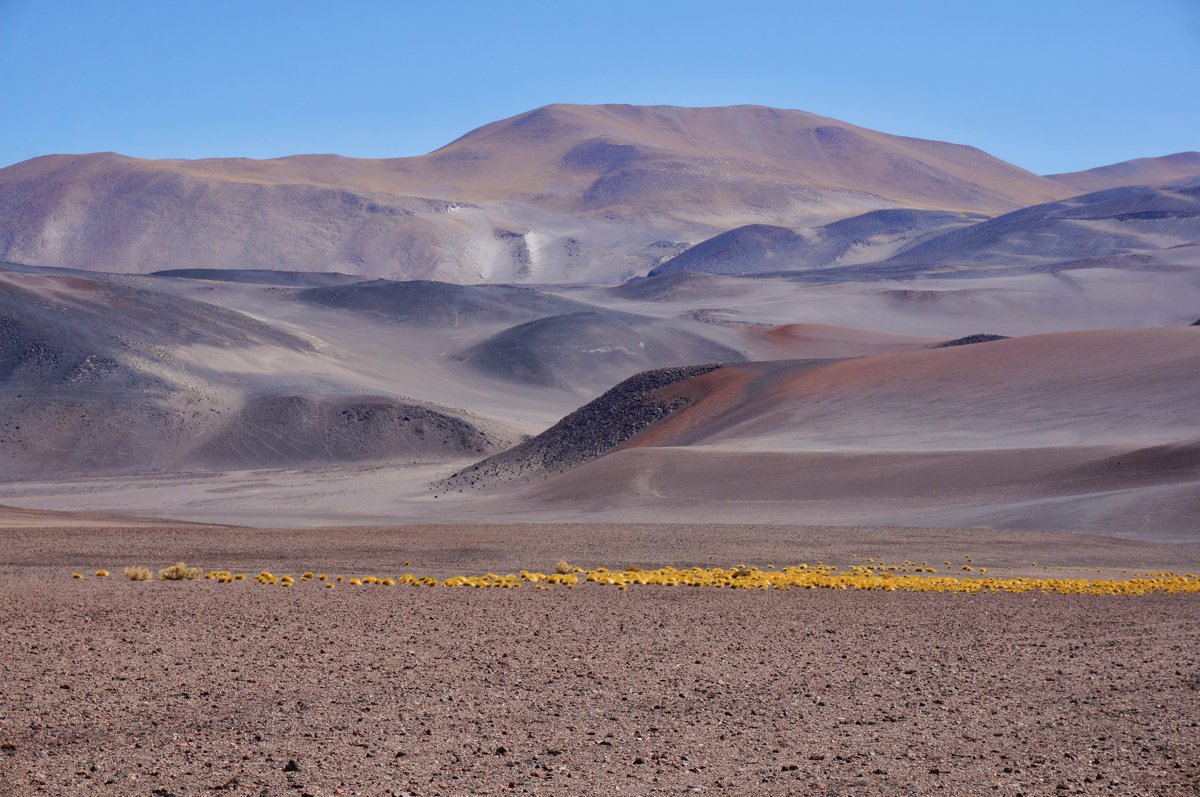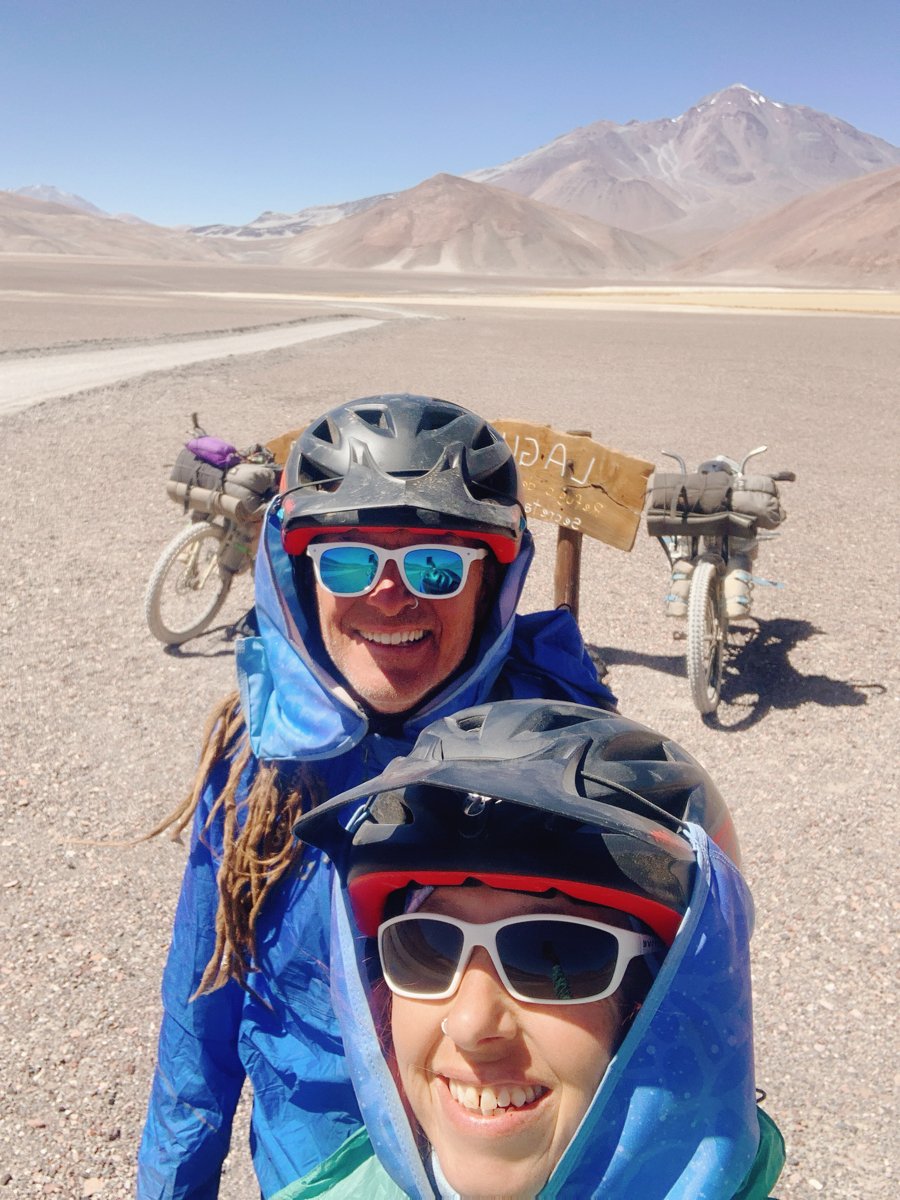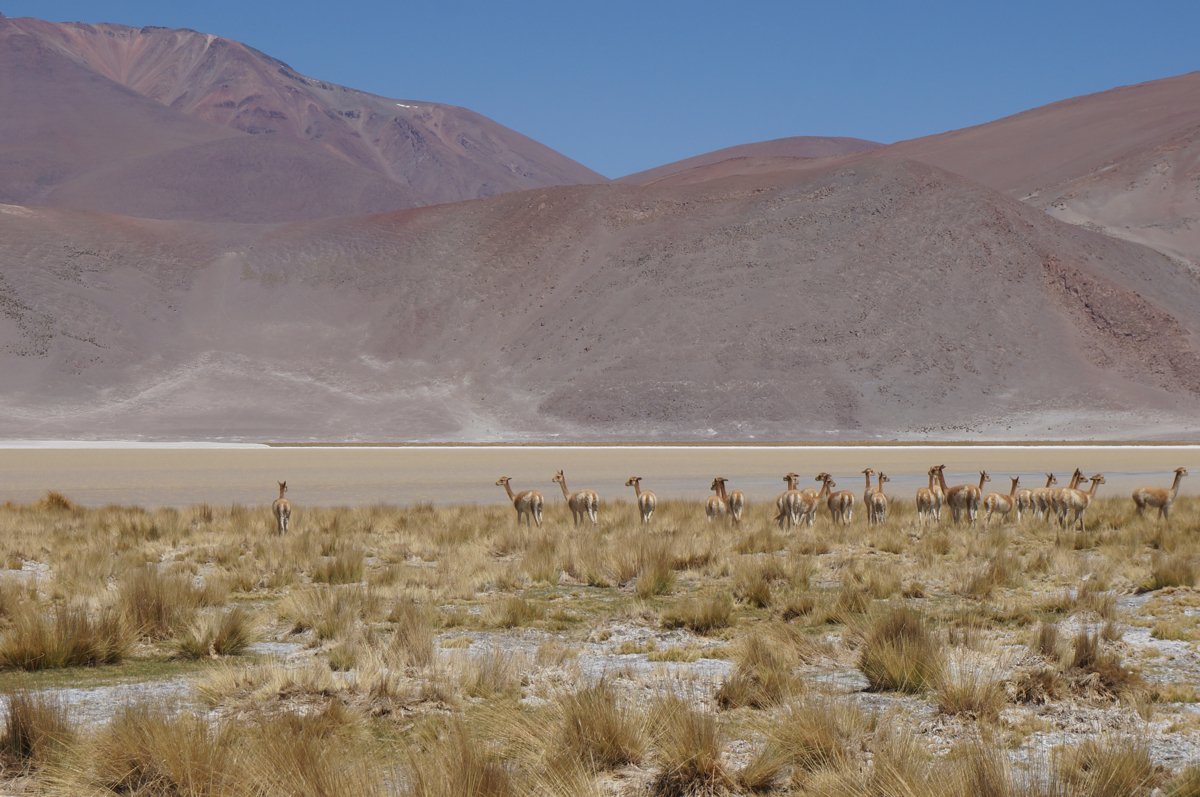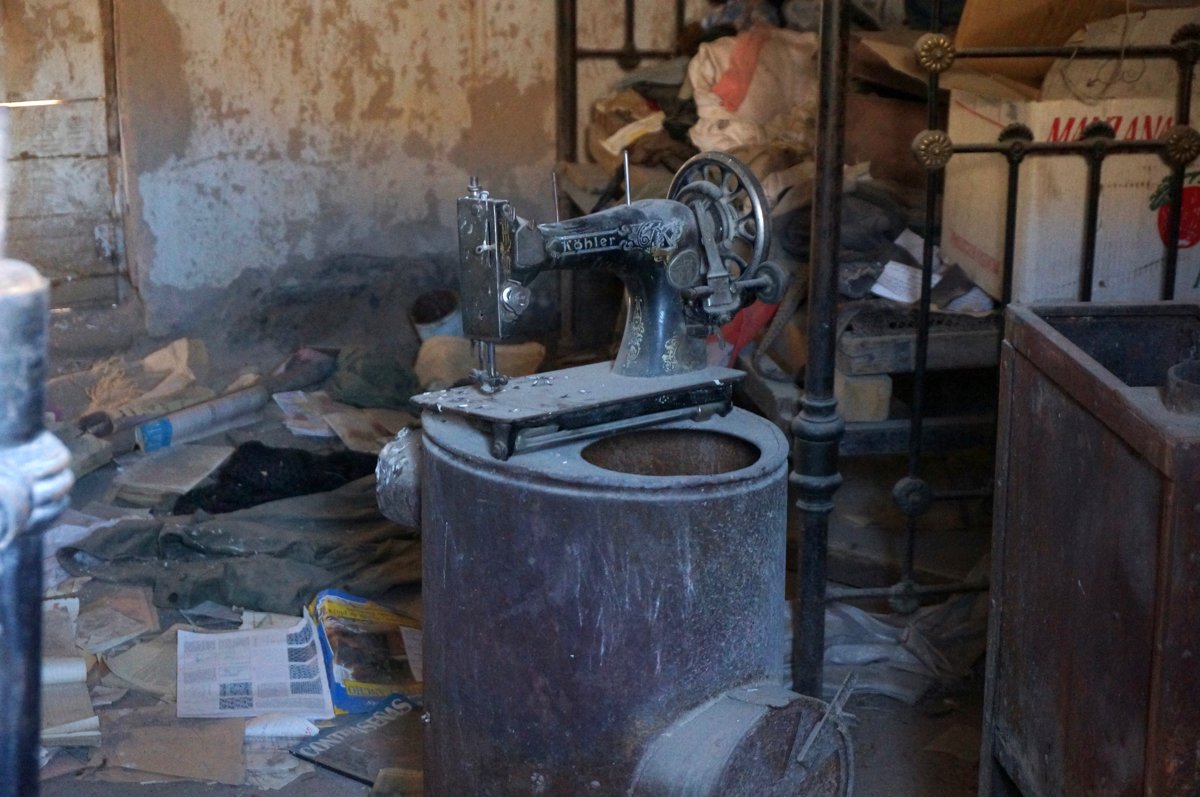Tolar Grande to Iglesia Vega Socompa
Tolar Grande seems like such a long time ago now, a fading memory or story I heard. Our excitement was running high. We left town late again, after breakfast. Breakfast is always tea or coffee with dry bread or crackers, jam, and sometimes butter and or dulce de leche. But if we ask, most places will accommodate us with scrambled eggs.
~The walls of this ruin are made of salt from the Salar de Arizaro.~
We spent most of the day crossing the Salar de Arizaro. The sixth largest salt flat in the world and the second largest in Argentina. It has an area of 1600 square kilometers. The salt flats out here are part of what make this route unique.
We stopped early, thinking it might rain. I think we were still a bit traumatized by the storm we had in the Desierto del Diablo, or perhaps really, it was all that sticky mud that left us storm-shy. In any case, we stopped and set up the tent at three in the afternoon. It was baking hot inside the tent, and blowing a gale outside the tent. Part of the mine road crew stopped and offered us water, three liters! He told us it never rains down here. I think I got dehydrated hanging out in the tent.
The tent flapped hard against the wind, and did not stop until two in the morning. The edges of the tent tore against the sharp volcanic rock, and the zipper refused to close after all that mud from the previous storm (and that’s after having washed it in Tolar Grande). Gear failure has been a big part of this route. I had three hours of sleep that night. And so body failure has also become a big part of the experience.
~Purple Mallow grows everywhere here.~
~More ruins around every corner.~
The next day was painful, with a seven to ten percent grade (and the bikes still heavy!) climbing up out of the salt flat. I was so tired. My head was pounding with lack of sleep. I could hardly muster the will to push my bike, and riding was a no-can-do. There were an abundance of rock ruins as the road gained elevation. An uneventful day passed painfully and slowly. We found a nice set of walls up high away from the road and set up camp. I slept hard! No flapping tent, away from the mine traffic, and out of the wind. The next day I pedaled the whole way. It’s amazing the difference a good night’s sleep makes.
The rock ruins got more elaborate as we got closer to the Chuculaqui Spring. It seems there was a whole town there. Every train station has had old ruins around it. These places were places long before this now abandoned rail line was here. Old cairns mark these roads, not always right where the road is now, but these are old routes, surrounding long-used water sources, with a string of old dwellings, large rock ovens, and larger short rock wall delineated areas that perhaps were once used for agriculture. I’ve had so many questions as we’ve rolled through this area. How old are all these ruins? How many people once lived here? What did they grow? Did the area used to be wetter? Were there more trees? So many possible stories.
~Vicuña.~
We filled our canteens at Chuculaqui Spring and continued heading toward our route. The wind got stronger. I had to duck behind my handlebars several times to hide from sand waves blowing through.
We finally made it down into a bowl in the landscape where some previous riders had built a short rock wall to bivy. Behind even just a few stacked rocks can make a huge difference from the wind. Sit down, and it all seems to go away, a calm respite in the chaos of the mischievous northwestern winds.
The temperature dropped to 18°F (-8°C) by morning. We didn’t budge until the sun crested over the ridge. A late start, and this day the winds started at 10:15 am. A fierce headwind all the way to Inglesia Vega Socompa.
~Vicuña hanging out at Laguna Socompa.~
Despite the fierce headwind, we arrived early at Iglesia Vega Socompa. We had plenty of time to wash ourselves and some clothes, gather and treat 12 liters of water each, and warm up in the wind-protected sun in front of the church.
I poked around the old buildings later in the afternoon, surprised by how big the place was. Inside the modest looking walls are inner streets, a whole little town protected from the wind. Several rooms with animal cages, homes, storerooms, vehicle garages. Irrigation lines, and a very large rock wall delineated area at the edge of town. Socompa is much more modern than any of the other abandoned ruins we’ve passed through, but still piqued my curiosity just the same. The mysteries of how people once lived always stirs my imagination.
~The church ceiling was made of cactus wood, lashed together with animal skins and wire.~
~Morning light outside the church.~
PS, if you click on the smaller images that are grouped together, you can view the full size photos.

